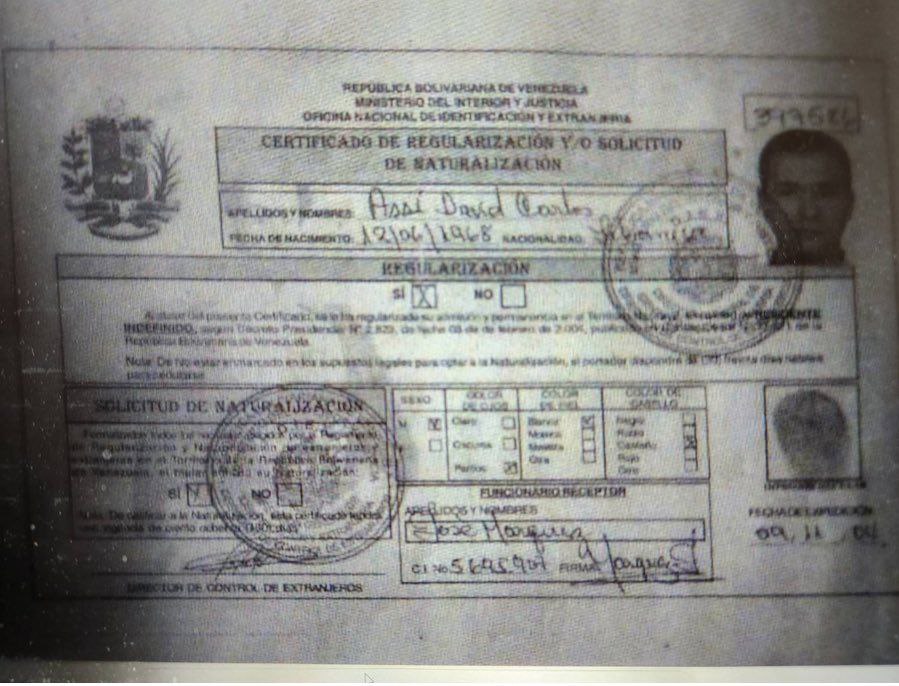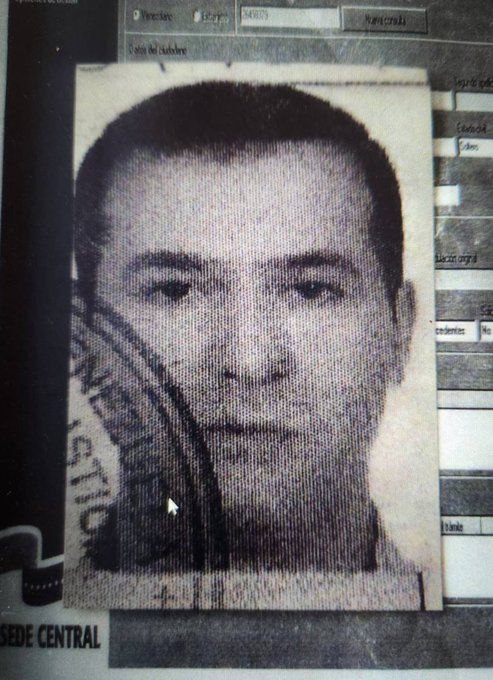The shadow behind the 90s Argentine bombings, a hidden legacy spreads through Venezuela and Colombia
A Specter in Argentina
For years, Hussein Ahmad Karaki slipped under radar, yet his legacy lingered. Known in Hezbollah circles, he is the dark force linked to the 1990s bombings of the Israeli Embassy and AMIA center in Argentina. The Argentine government recently pulled back the curtain on Karaki, releasing his image—a face that had vanished into the shadows decades ago. Karaki didn’t just disappear; he rewrote his life across Latin America.
Reborn as David Assi in Venezuela
Karaki’s vanishing act found its first stage in Venezuela. In 2004, he emerged with a new name: David Assi. The Venezuelan Chavista regime granted him citizenship, providing him a new identity and a new home in Barquisimeto. Under his fresh alias, Karaki led a life shielded from the repercussions of his past. He wasn’t just hiding; he was re-establishing his network under a friendly, protective regime.

Alberto León Nain, the Colombian Connection
Karaki didn’t settle for one name. He crossed borders, establishing yet another identity in Colombia as Alberto León Nain. Through a Colombian passport, Karaki extended Hezbollah’s reach deeper into South America. This multi-layered false identity network reveals Karaki’s intent: not only survival but influence.
A Web of Dark Alliances in Latin America
These aliases weren’t simply disguises; they were strategic tools, revealing alliances Hezbollah has forged in Latin America. Karaki didn’t operate alone—his identities were interwoven into a network sustained by powerful supporters. His dual lives signify Hezbollah’s foothold beyond the Middle East, grounded in Venezuela and Colombia. For years, he lived comfortably, his roots secured by alliances not easily shaken.

Dangerous Liaisons, Fractured Borders
Karaki’s saga in South America exposes Hezbollah’s calculated alliances with Latin American regimes. In Venezuela and Colombia, these alliances benefit from the corruption, tangled bureaucracy, and widespread influence. The release of Karaki’s image signals a potential shift—Argentina stepping forward to reveal the network, to peel back the layers Hezbollah built in plain sight.
A Revelation with Global Consequences
This isn’t just an Argentine story. It’s a cautionary tale for Latin America and beyond. Karaki’s web stretches far; his alliances remain active. Argentina’s revelations mark a critical turn in global security, unveiling how operatives hide in plain sight, even as the world watches. Karaki, the ghost of the 90s, has returned to the public eye, sparking questions: Who else lies in waiting, cloaked in new names and identities? And will Latin America shake free from these hidden alliances, or will the phantoms persist?



